Your heating, ventilating and air conditioning (HVAC) needs are important to consider in your specialty trailer so that you can keep those inside the trailer comfortable. The result you want from air conditioning should be expressed as the difference between the temperature inside and the outside temperature (i.e., ambient temperature). For example if you want to be able to maintain a 75 degree Fahrenheit temperature inside when it’s 95 degrees Fahrenheit outside, you’ll need a specification that states, sufficient to maintain up to a 20 degree Fahrenheit drop from ambient.
Cooling capacity is measured in tons. A ton of air conditioning is 12,000 BTU/hr. The effectiveness of that cooling power also depends on the insulation values and construction of the trailer. A rule of thumb for home air conditioning is one ton for every 1,000 square ft. So a typical 2,500 square ft. home might need a 2.5 ton unit. But a 1,000 square ft. double slide-out trailer would typically use two 5 ton units.
You can choose between single area units and centrally ducted. Single area units have one output vent and one return vent in an area. You’ll need separate units for separate rooms, each with their own thermostat. Single area units require cooling coils and fans be built into the interior cabinets for each area, taking up some cabinet space.
Centrally ducted will have one or two master units, each with its own thermostat, with duct work that distributes the air throughout the whole trailer, similar to central air conditioning in a home. Cooling coils are mounted in the exterior unit, so only duct work and vents take up space inside. Main ducts and vents will run in the ceiling, lowering the center portion of the ceiling somewhat.
Most air conditioning units are also available with some heating capacity that can keep you comfortable when ambient temperature is above about 40 degrees F. Below that you’ll need a propane fired furnace. But, keep in mind that a propane furnace also means your trailer will need propane tanks as well. If you really plan to do cold weather running, you’ll need to winterize your plumbing system as well. Heating requirements are best expressed as a temperature difference from ambient, just like air conditioning. For example, if you need the capability to have 70 degrees F inside when it’s 40 degrees F outside you’d specify sufficient to maintain up to a 30 degree F increase from ambient.
In general, specify the result you want, in terms of temperature difference from ambient, and Featherlite’s engineers will help you do the rest.
 View all options
View all options 